How to identify the different types of acne and banish blemishes.
Pimples, blackheads, what is that bump? A simple pimple can be easy to spot and treat, but what do you do if there’s a bump that looks like something else? You've probably googled it and tried to self-diagnose, but you're still unsure.
This blog post will look at how congested skin from sweat, sebum, and impurities cause pimples, blackheads, and other bumps on the skin and how to treat them. We'll also provide some tips on preventing them from happening in the first place. Knowledge is power - so arm yourself with information and keep that skin looking flawless!
What is acne?
There are numerous kinds of acne, and each one requires a different treatment. That’s right; it’s not just those painful mounds of pus on your skin. Instead, acne is a term used to describe multiple factors that trigger blemishes on the skin, and there are two main types; inflammatory and non-inflammatory.
All acne occurs when the pore or hair follicles - also known as comedones - become clogged with oil, bacteria and dirt.
Non-Inflammatory Acne is commonly known as blackheads and whiteheads. With blackheads, the open pore becomes clogged with dead skin cells, dirt, and debris and appears like tiny black dots on your skin. They can appear anywhere on the body and don’t cause any tenderness.
Whiteheads are similar to blackheads; however, the outer layer of the skin closes over the open pore and closes the debris beneath the surface, causing a tiny white bump to rise above the surface.
Prevent blackheads and whiteheads by using a mild exfoliant once or twice a week to help slough off any dead skin and refine the surface. Banish blackheads by applying a purifying mask to penetrate deep into the pore, acting like a dirt magnet and drawing out impurities.
Whiteheads can be spot-treated with products that have an astringent effect, such as tea tree oil or witch hazel. Also, look for salicylic acid, vitamin A, or benzoyl peroxide products. These have a drying effect on bacteria and excess oil.
Some people prefer to use a comedone extractor, but be sure you use gentle pressure not to damage the skin. Talk to your skincare professional on how to use the tool properly.
Milia occurs when dead skin cells don’t slough off with regular cleansing and get caught under a thin layer of skin, leaving a white bump with no opening to extract. Although these can last up to months, most will go away on their own.
Inflammatory Acne describes bumps that are swollen, red and painful. This happens because the blocked pore becomes infected, and your immune system is working to fight the bacteria. They can range in size, irritation and colour, from tiny pimples to cystic mounds. The leading causes of inflammatory acne are overactive oil glands, hormones, excess dead skin cells within the pore and acne-causing bacteria.
Papules and pustules.
Once hormones kick in, many become familiar with these bumps as teenagers. Papules are clogged pores or hair follicles found in those with oily skin.
A pustule is a papule that has become infected and filled with pus. These are the ones that look and feel like Mount St. Helen’s about to erupt. The appearance is a white or yellow domed liquid-filled pocket with a red ring around the base and can feel tender.
Don’t pick or attempt to pop pustules! Instead, gently cleanse the skin twice a day and avoid using products that further irritate the skin. It may be tempting to cover it up with makeup, but this can add to the bacteria already under the surface. Instead, apply ice or a cool compress to help reduce swelling and use a spot treatment of salicylic acid or benzoyl peroxide and let it breathe.
Nodules
A nodule is a hard knotty bump that sits deep beneath the skin's surface and can take months before it heals. A nodule can result from over-active sebaceous glands or overproduction of androgen hormones creating thicker skin oil. Typically found in young males, nodules are also related to hormone fluctuations with women before their period cycle begins. These bumps can appear anywhere on the body, neck, face and jawline.
Because nodules root deep beneath the skin, they typically require medication to heal. See your doctor or dermatologist for more information on proper care.
Cysts
Cystic acne is very similar to nodules and is the most severe form of acne. Cysts are filled with pus and tender to the touch. Attempting to pop them can drive bacteria further into the dermis, causing more infection. Instead, gently cleanse the skin and avoid irritating exfoliants. Then, head to your dermatologist to help correct and heal cysts.
Cystic acne often requires oral and topical medication. Hormones, stress and sometimes food can be a trigger for cystic acne. A lifestyle shift can be of benefit to reduce stress and prevent future breakouts.
Protect your skin
There is nothing fun about a blemish, and if you’re a picker - we’re all tempted - you may think that popping it will make it disappear. However, acne scars may create hyperpigmentation and pockmarks on the skin’s surface.
Lightening hyperpigmentation can be achieved by applying creams and serums. However, treatments such as microneedling, laser and LED can bring better results for deeper scarring and hyperpigmentation. These medical aesthetic treatments are non-invasive and will require multiple sessions over a period of time for optimal results. Make sure your dermatologist or aesthetician fully consults with what to expect and proper pre and post-care.
At Loshen & Crem, our philosophy is to maintain and restore the skin’s integrity. Protecting the skin barrier is the best defence against blemishes and inflammation. Using retinoids and acids to treat acne should be discussed with your skincare professional before use.
A gentle skincare routine can benefit any skin type. Prevent acne with mild cleansers, exfoliants, and masks. Defy blemishes with light, and active acne-fighting toners, serums, and moisturizers help restore and regenerate healthy skin.
Everyone’s skin is unique as a fingerprint; therefore, what works for one person won’t necessarily mean it will work for you. In addition, trying various products can become costly if they don’t work for your skin. Therefore, booking a consultation with an aesthetician or dermatologist can be a game-changer.
Our skincare professionals would be happy to help you with a consultation and product recommendation. So contact us today and get on track to healthy, radiant skin!




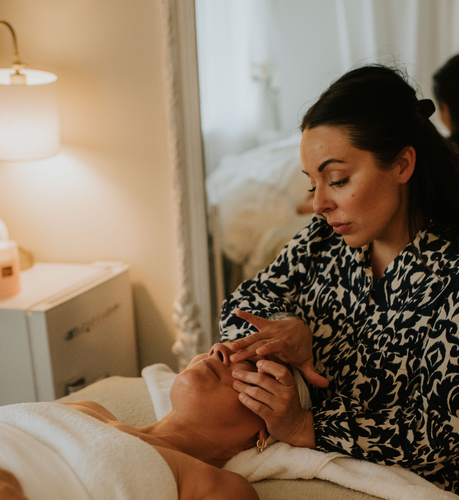
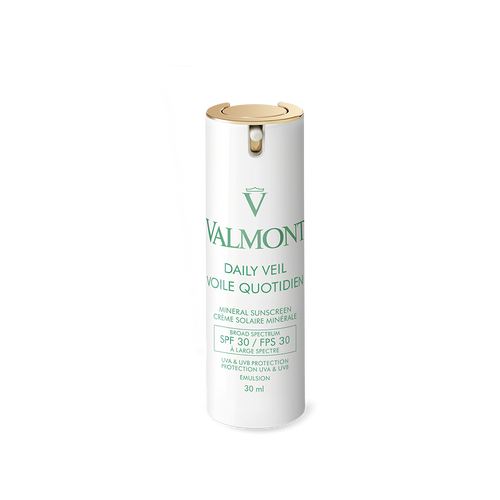
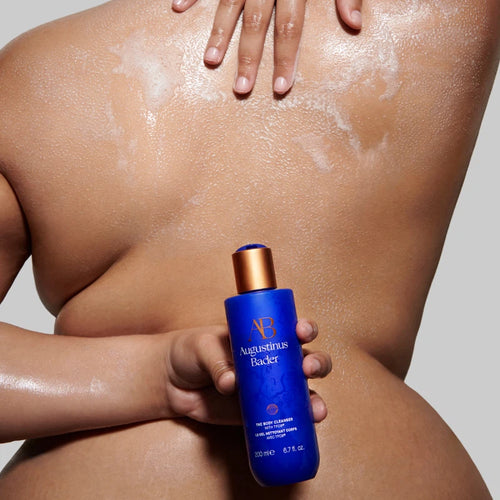
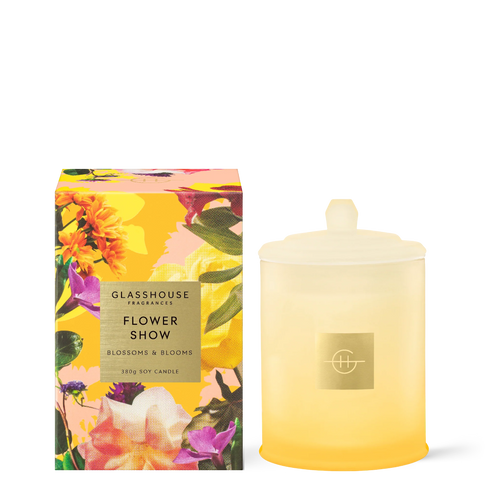
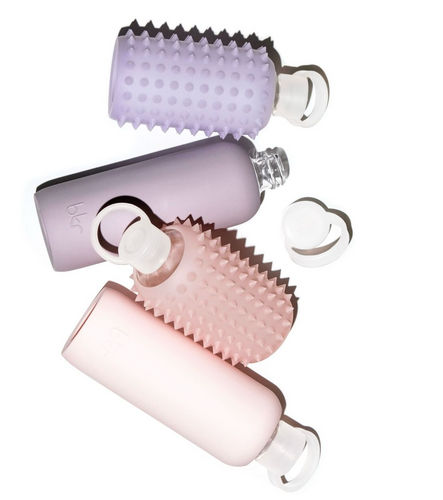







Leave a comment